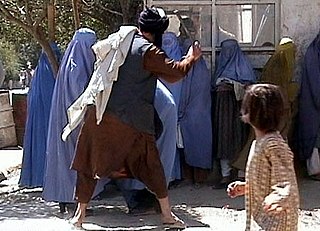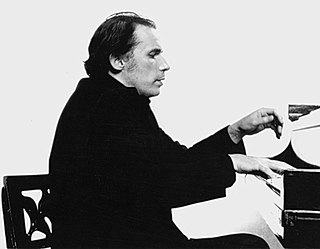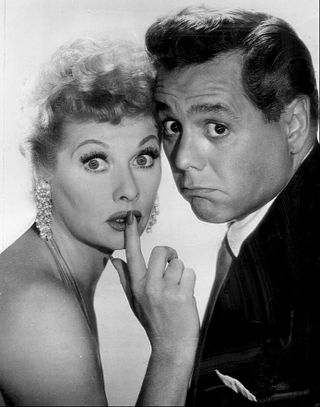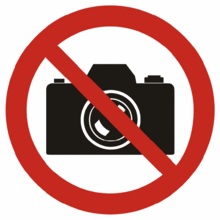Entertainment law, also referred to as media law, is legal services provided to the entertainment industry. These services in entertainment law overlap with intellectual property law. Intellectual property has many moving parts that include trademarks, copyright, and the "right of publicity". However, the practice of entertainment law often involves questions of employment law, contract law, torts, labor law, bankruptcy law, immigration, securities law, security interests, agency, right of privacy, defamation, advertising, criminal law, tax law, International law, and insurance law.
Personality rights, sometimes referred to as the right of publicity, are rights for an individual to control the commercial use of their identity, such as name, image, likeness, or other unequivocal identifiers. They are generally considered as property rights, rather than personal rights, and so the validity of personality rights of publicity may survive the death of the individual to varying degrees, depending on the jurisdiction.

Paparazzi are independent photographers who take pictures of high-profile people; such as actors, musicians, athletes, politicians, and other celebrities, typically while subjects go about their usual life routines. Paparazzi tend to make a living by selling their photographs to media outlets that focus on tabloid journalism and sensationalism.
The right to privacy is an element of various legal traditions that intends to restrain governmental and private actions that threaten the privacy of individuals. Over 150 national constitutions mention the right to privacy. On 10 December 1948, the United Nations General Assembly adopted the Universal Declaration of Human Rights (UDHR), originally written to guarantee individual rights of everyone everywhere; while right to privacy does not appear in the document, many interpret this through Article 12, which states: "No one shall be subjected to arbitrary interference with his privacy, family, home or correspondence, nor to attacks upon his honour and reputation. Everyone has the right to the protection of the law against such interference or attacks."

Street photography is photography conducted for art or inquiry that features unmediated chance encounters and random incidents within public places, usually with the aim of capturing images at a decisive or poignant moment by careful framing and timing. Although there is a difference between street and candid photography, it is usually subtle with most street photography being candid in nature and some candid photography being classifiable as street photography. Street photography does not necessitate the presence of a street or even the urban environment. Though people usually feature directly, street photography might be absent of people and can be of an object or environment where the image projects a decidedly human character in facsimile or aesthetic.
A gag order is an order, typically a legal order by a court or government, restricting information or comment from being made public or passed onto any unauthorized third party. The phrase may sometimes be used of a private order by an employer or other institution.

Privacy laws of the United States deal with several different legal concepts. One is the invasion of privacy, a tort based in common law allowing an aggrieved party to bring a lawsuit against an individual who unlawfully intrudes into their private affairs, discloses their private information, publicizes them in a false light, or appropriates their name for personal gain.
Celebrity photography is a subset of photojournalism where the subjects are celebrities in the arts, sports and sometimes politics. There are three main types of celebrity photographs used by magazines and newspapers: event photography, celebrity portraiture, and paparazzi.

Secret photography is the use of an image or video recording device to photograph or film a person who is unaware that they are being intentionally photographed or filmed. It is sometimes called covert photography.

Gould Estate v Stoddart Publishing Co Ltd (1998), 39 OR 555, is a Canadian case on appropriation of personality, the ownership of copyright, and requirements of fixation.
In United States law, the term color of law denotes the "mere semblance of legal right," the "pretense or appearance of" right; hence, an action done under color of law adjusts (colors) the law to the circumstance, yet said apparently legal action contravenes the law.

A film still is a photograph, taken on or off the set of a movie or television program during production. These photographs are also taken in formal studio settings and venues of opportunity such as film stars' homes, film debut events, and commercial settings. The photos were taken by studio photographers for promotional purposes. Such stills consisted of posed portraits, used for public display or free fan handouts, which are sometimes autographed. They can also consist of posed or candid images taken on the set during production, and may include stars, crew members or directors at work.

Fanfiction has encountered problems with intellectual property law due to usage of copyrighted characters without the original creator or copyright owner's consent.
The Celebrities Rights Act or Celebrity Rights Act was passed in California in 1985, which enabled a celebrity's personality rights to survive his or her death. Previously, the 1979 Lugosi v. Universal Pictures decision by the California Supreme Court held that Bela Lugosi's personality rights could not pass to his heirs, as a copyright would have. The court ruled that any rights of publicity, and rights to his image, terminated with Lugosi's death.

There has been demand for imagery of nude celebrities for many decades. It is a lucrative business exploited by websites and magazines.

The intellectual property rights on photographs are protected in different jurisdictions by the laws governing copyright and moral rights. In some cases photography may be restricted by civil or criminal law. Publishing certain photographs can be restricted by privacy or other laws. Photography can be generally restricted in the interests of public morality and the protection of children.

PJS v News Group Newspapers Ltd [2016] UKSC 26 is a UK constitutional law case in which an anonymised privacy injunction was obtained by a claimant, identified in court documents as "PJS", to prohibit publication of the details of a sexual encounter between him and two other people. Media outside England and Wales identified PJS as David Furnish.
Post-mortem privacy is a person's ability to control the dissemination of personal information after death. An individual's reputation and dignity after death is also subject to post-mortem privacy protections. In the US, no federal laws specifically extend post-mortem privacy protection. At the state level, privacy laws pertaining to the deceased vary significantly, but in general do not extend any clear rights of privacy beyond property rights. The relative lack of acknowledgment of post-mortem privacy rights has sparked controversy, as rapid technological advancements have resulted in increased amounts of personal information stored and shared online.
Privacy and the United States government consists of enacted legislation, funding of regulatory agencies, enforcement of court precedents, creation of congressional committees, evaluation of judicial decisions, and implementation of executive orders in response to major court cases and technological change. Because the United States government is composed of three distinct branches governed by both the separation of powers and checks and balances, the change in privacy practice can be separated relative to the actions performed by the three branches.
Digital cloning is an emerging technology, that involves deep-learning algorithms, which allows one to manipulate currently existing audio, photos, and videos that are hyper-realistic. One of the impacts of such technology is that hyper-realistic videos and photos makes it difficult for the human eye to distinguish what is real and what is fake. Furthermore, with various companies making such technologies available to the public, they can bring various benefits as well as potential legal and ethical concerns.










